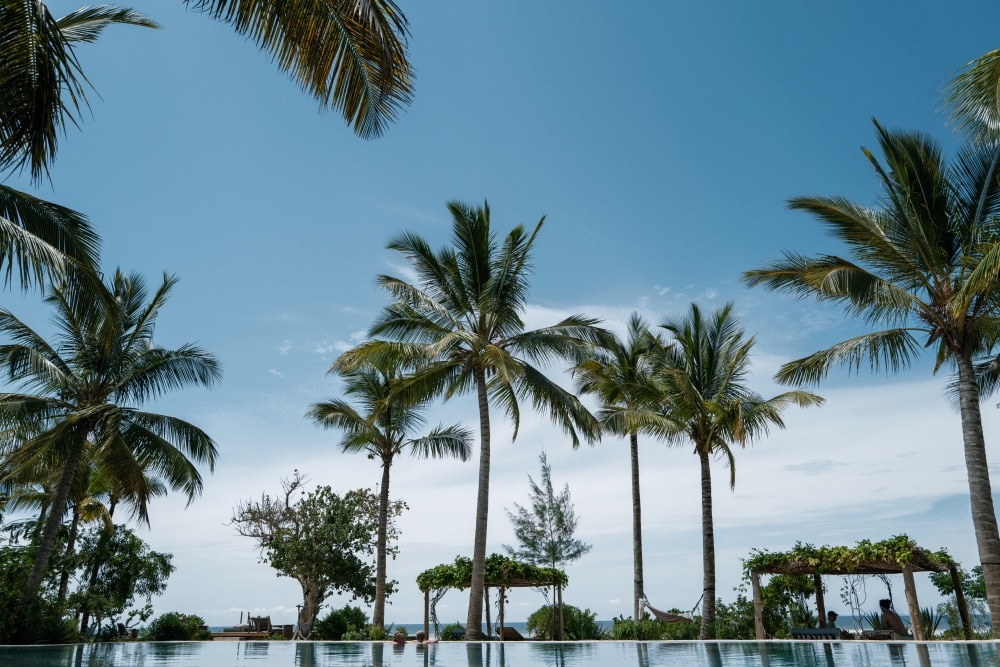بعدسة Sharrie Shaw
البحث عن فنادق في سوراكارتا من AED 27
- تغيُّر خططكاحجز في فنادق توفر إلغاء مجانيًا
- كن دقيقًاابحث فيما يقرب من مليون منشأة فندقية حول العالم
اكتشف المزيد من أماكن الإقامة المختلفة عن الأماكن التقليدية في سوراكارتا
منتجع صحي
حمام سباحة
التحقق من الأسعار لهذه التواريخ
الليلة
عطلة نهاية هذا الأسبوع
عطلة نهاية الأسبوع القادم
أفضل خياراتنا لفنادق سوراكارتا
السعر الحالي هو AED 215
الإجمالي: AED 260
يشمل الضرائب والرسوم
من 2025/12/17 إلى 2025/12/18
السعر الحالي هو AED 162
الإجمالي: AED 196
يشمل الضرائب والرسوم
من 2026/01/04 إلى 5 يناير 2026
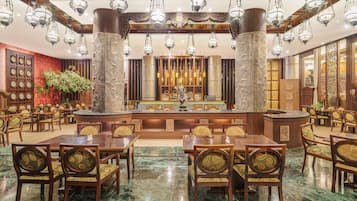
ذا رويال سوراكارتا هيريتيدج - هاندوريتين كوليكشن
ذا رويال سوراكارتا هيريتيدج - هاندوريتين كوليكشنمركز مدينة سولو
8.4 من 10، جيد جدًا، (165)
السعر الحالي هو AED 113
الإجمالي: AED 137
يشمل الضرائب والرسوم
من 2025/12/16 إلى 2025/12/17
السعر الحالي هو AED 61
الإجمالي: AED 74
يشمل الضرائب والرسوم
من 2025/12/17 إلى 2025/12/18
السعر الحالي هو AED 64
الإجمالي: AED 77
يش�مل الضرائب والرسوم
من 2025/12/18 إلى 2025/12/19
أقل سعر عُثر عليه في الليلة الواحدة خلال آخر 24 ساعة بناءً على سعر إقامة ليلة واحدة لشخصين بالغين. الأسعار ومدى التوفر عرضة للتغيير. قد تسري شروط إضافية.
وفِّر ما متوسطه 15% من سعر آلاف الفنادق عند تسجيل الدخول
أماكن للإقامة في سوراكارتا
اعثر على أفضل المناطق والأحياء في سوراكارتا للقيام بالأنشطة التي تستمتع بها أكثر. معرفة المزيد عن سوراكارتا
معرفة المزيد عن سوراكارتا
مركز مدينة سولو
ستستمتع بالمتاحف وحديقة الحيوانات في مركز مدينة سولو. وقد يروق لك تخصيص بعض الوقت لزيارة سولو باراجون لايف ستايل مول أو Keprabon Park.
بانجارساري
خلال زيارتك إلى بانجارساري، يُمكنك زيارة معالم سياحية مثل سولو باراجون لايف ستايل مول ومتنزه باليكامبانج سيتي بارك.
أماكن الإقامة بالقرب من أماكن الجذب الشهيرة في Surakarta

Hotel Tirtonadi Permai
6 Jl. Tagore Surakarta Jawa Tengah
السعر هو AED 46 في الليلة الواحدة من 18 ديسمبر إلى 19 ديسمبر
AED 46
الإجمالي: AED 56
من 2025/12/18 إلى 2025/12/19
يشمل الضرائب والرسوم

فنادق بتصنيف نجوم (5)
عدد المنشآت السياحية: 2
الأسئلة المتكررة
استكشاف مجموعة كبيرة من وجهات السفر مع Expedia
- فنادق بالقرب من سولو باراجون لايف ستايل مول
- فنادق بالقرب من جامعة محمدية يونيفيرسيتي أوف سوراكارتا
- فنادق بالقرب من قصر مانجكانجاران
- فنادق بالقرب من Kraton Surakarta
- فنادق بالقرب من كليور ماركت
- فنادق بالقرب من غيدي ماركت
- فنادق بالقرب من قصر ذا هيرتيدج بالاس
- فنادق بالقرب من مركز سولو سكوير للتسوق
- فنادق بالقرب من متنزه باليكامبانج سيتي بارك
- فنادق بالقرب من Danar Hadi
- فنادق بالقرب من Sriwedari Amusement Park
- فنادق بالقرب من Pasar Klewer
- فنادق بالقرب من Nakamura Klinik
- فنادق بالقرب من مكتبة متحف راديا
- فنادق بالقرب من Mesjid Agung
- فنادق بالقرب من Radya Pustaka Museum
- فنادق بالقرب من حديقة جوننغ ميرابي الوطنية
- فنادق بالقرب من مركز دو تولومادو للمؤتمرات
- فنادق بالقرب من Bengawan Solo
- فنادق بالقرب من موقع سانجيران إيرلي مان
- Swiss-Belinn Saripetojo Solo
- Diamond Hotel Solo
- Red Chilies Hotel
- Hotel Bintang Solo
- Hotel Indah Palace Solo
- Comfort Centre Residence Solo
- Dparagon Kerten
- Front One Budget Hotel Slamet Riyadi Solo
- Collection O Solo near Universitas Muhammadiyah Surakarta formerly Kedaton Home
- Zest Parang Raja Solo by Swiss-Belhotel International
- Aston Solo
- ZG Homestay Solo
![At the museum no photos are allowed which is really unfortunate as it was well worth the visit and the guided tour is definitely not to be missed. In the museum there are even Batik made from the Dutch era which depicts stories like Little Red Riding Hood and Snow White!
I enjoyed the tour v much and at the end of the tour we were brought to this room where the artisan were working on hand drawn batik.
Below is an excerpt from Wikipedia for anyone interested in learning more about the process of batik making.
Firstly, a cloth is washed, soaked and beaten with a large mallet. Patterns are drawn with pencil and later redrawn using hot wax, usually made from a mixture of paraffin or bees wax, sometimes mixed with plant resins, which functions as a dye-resist. The wax can be applied with a variety of tools. A pen-like instrument called a canting (IPA: [tʃantiŋ], sometimes spelled with old Dutch orthography tjanting) is the most common. A canting is made from a small copper reservoir with a spout on a wooden handle. The reservoir holds the resist which flows through the spout, creating dots and lines as it moves. For larger patterns, a stiff brush may be used. Alternatively, a copper block stamp called a cap (IPA: [tʃap]; old spelling tjap) is used to cover large areas more efficiently.
After the cloth is dry, the resist is removed by scraping or boiling the cloth. The areas treated with resist keep their original color; when the resist is removed the contrast between the dyed and undyed areas forms the pattern. This process is repeated as many times as the number of colors desired.
The most traditional type of batik, called batik tulis (written batik), is drawn using only the canting. The cloth need to be drawn on both sides and dipped in a dye bath three to four times. The whole process may take up to a year; it yields considerably finer patterns than stamped batik.
Source: Wikipedia](https://images.trvl-media.com/place/6224808/26fd1460-c65a-4c1a-9444-7a893e883ac9.jpg?impolicy=fcrop&w=1200&h=500&q=medium)


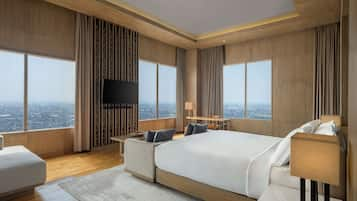
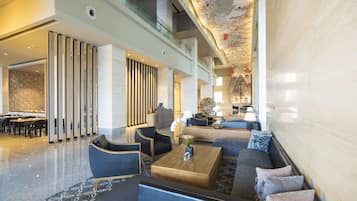

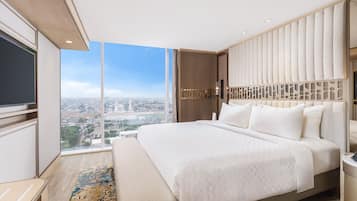

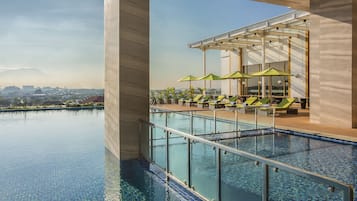
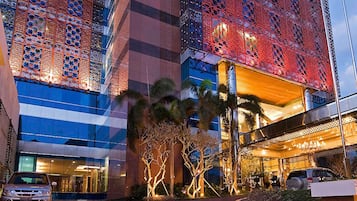
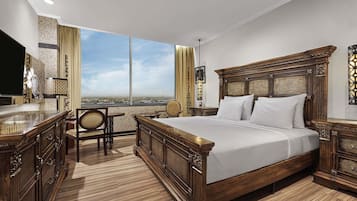


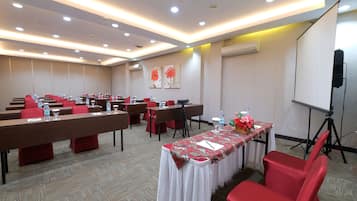



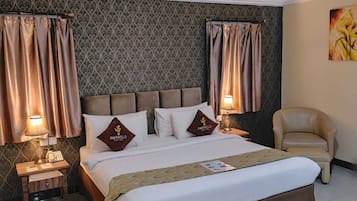


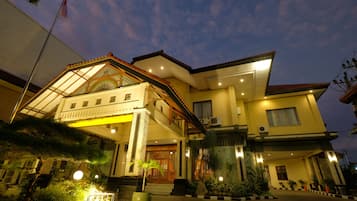


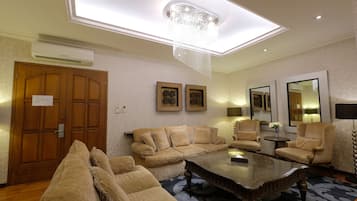
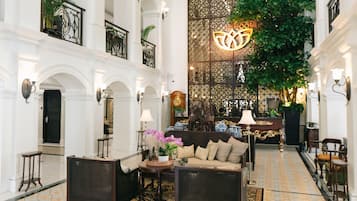

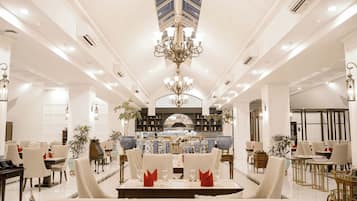
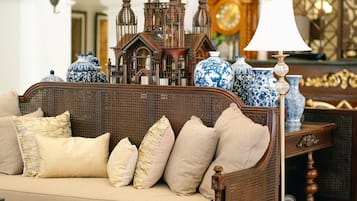
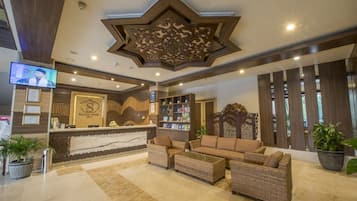


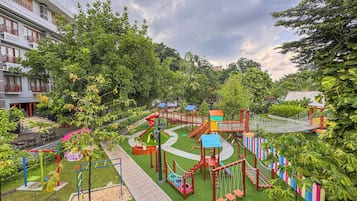

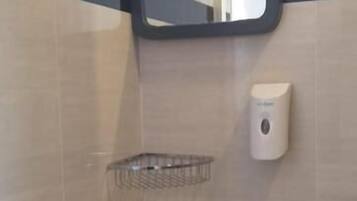

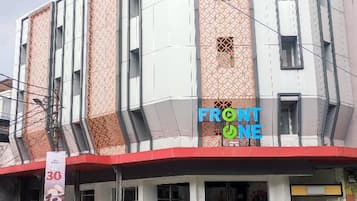


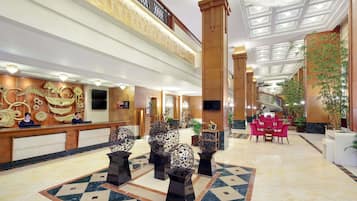
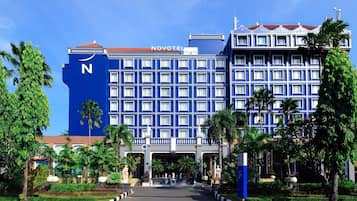

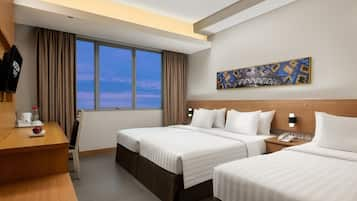


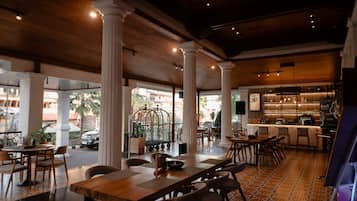
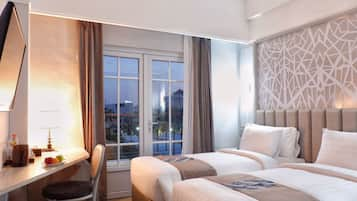

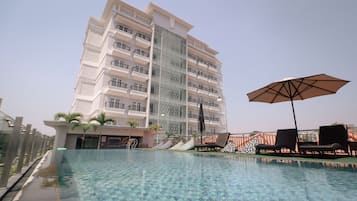



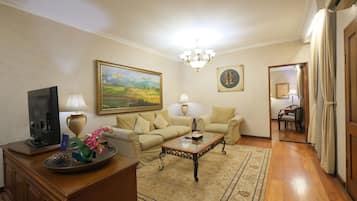
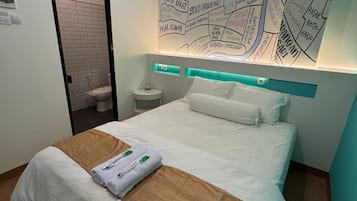
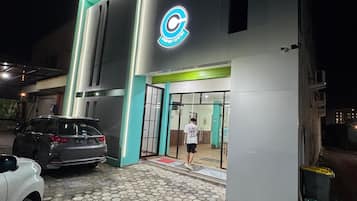
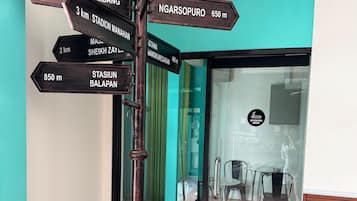

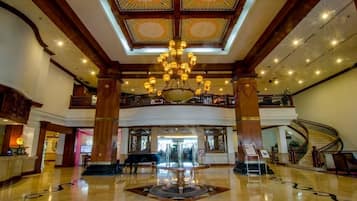





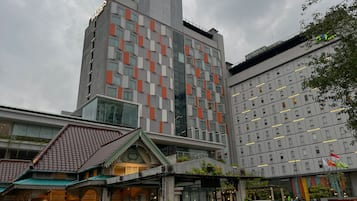
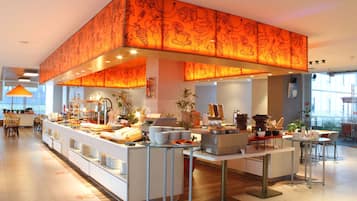
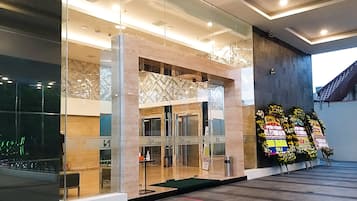



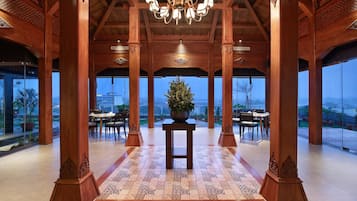


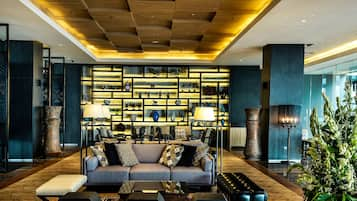
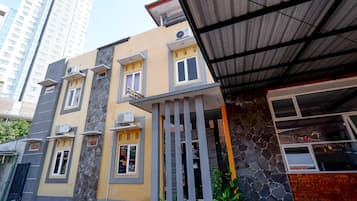
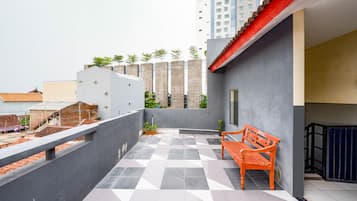
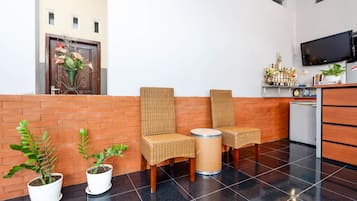

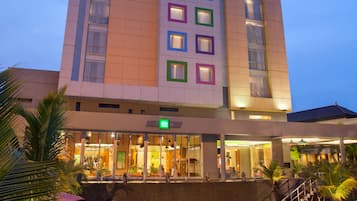


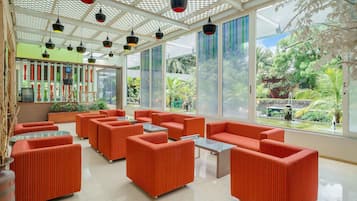
![At the museum no photos are allowed which is really unfortunate as it was well worth the visit and the guided tour is definitely not to be missed. In the museum there are even Batik made from the Dutch era which depicts stories like Little Red Riding Hood and Snow White!
I enjoyed the tour v much and at the end of the tour we were brought to this room where the artisan were working on hand drawn batik.
Below is an excerpt from Wikipedia for anyone interested in learning more about the process of batik making.
Firstly, a cloth is washed, soaked and beaten with a large mallet. Patterns are drawn with pencil and later redrawn using hot wax, usually made from a mixture of paraffin or bees wax, sometimes mixed with plant resins, which functions as a dye-resist. The wax can be applied with a variety of tools. A pen-like instrument called a canting (IPA: [tʃantiŋ], sometimes spelled with old Dutch orthography tjanting) is the most common. A canting is made from a small copper reservoir with a spout on a wooden handle. The reservoir holds the resist which flows through the spout, creating dots and lines as it moves. For larger patterns, a stiff brush may be used. Alternatively, a copper block stamp called a cap (IPA: [tʃap]; old spelling tjap) is used to cover large areas more efficiently.
After the cloth is dry, the resist is removed by scraping or boiling the cloth. The areas treated with resist keep their original color; when the resist is removed the contrast between the dyed and undyed areas forms the pattern. This process is repeated as many times as the number of colors desired.
The most traditional type of batik, called batik tulis (written batik), is drawn using only the canting. The cloth need to be drawn on both sides and dipped in a dye bath three to four times. The whole process may take up to a year; it yields considerably finer patterns than stamped batik.
Source: Wikipedia](https://images.trvl-media.com/place/6224808/26fd1460-c65a-4c1a-9444-7a893e883ac9.jpg?impolicy=fcrop&w=300&h=400&p=1&q=high)








